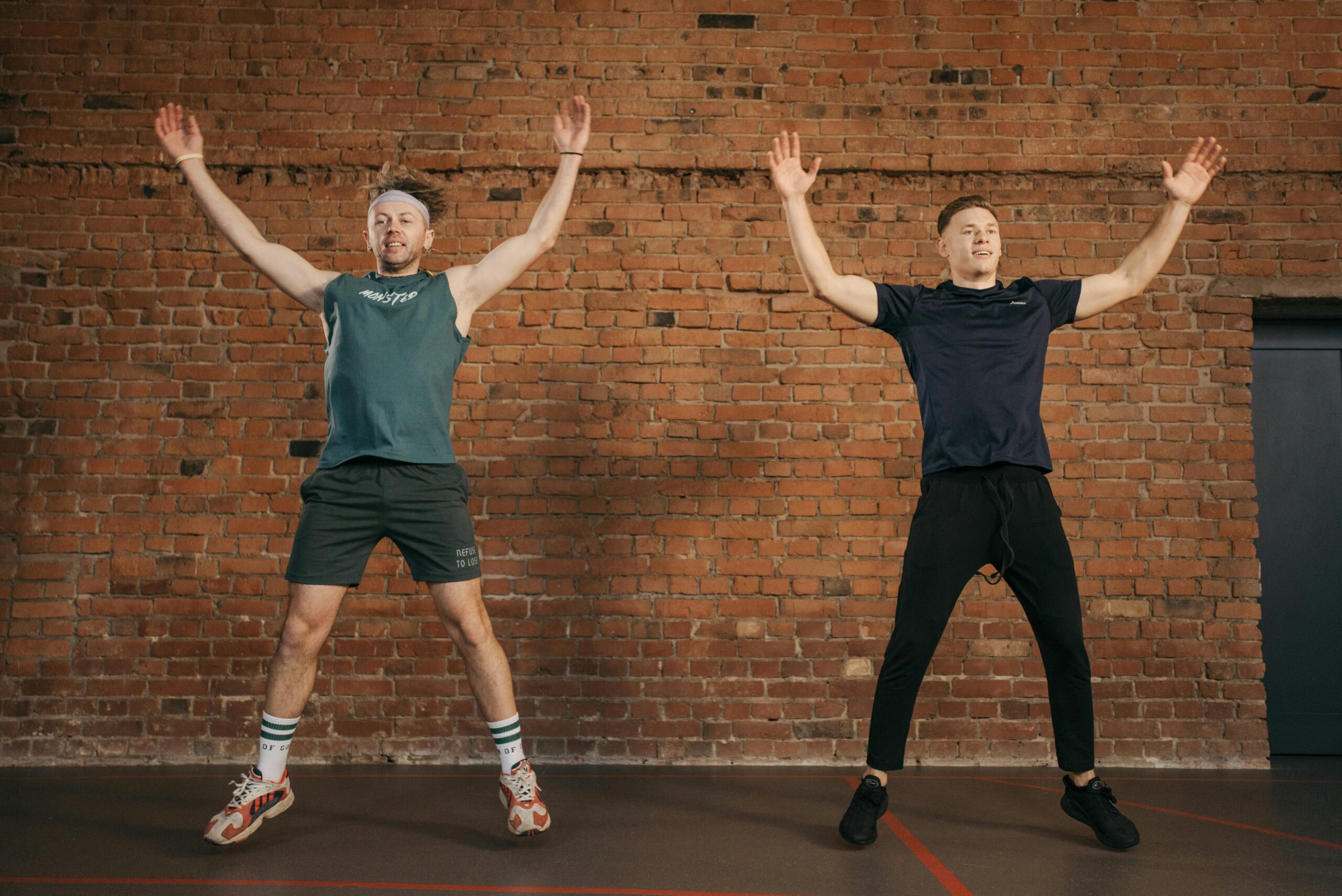Mastering the Handstand: Calisthenics Handstand Progression
Want to stand on your hands with control and confidence? Learning how to do a handstand is an impressive feat that requires strength, balance, and patience.
In this article, we’ll walk you through the best calisthenics handstand progression to help you safely and efficiently build up to this exciting skill. Whether you’re new to handstands or refining your technique, these steps will guide your journey.
Why Work on a Calisthenics Handstand Progression?
A handstand isn’t just for showing off—it offers several key benefits:
- Strength Development: Engages shoulders, upper back, arms, and core.
- Improved Balance and Coordination: Enhances body awareness.
- Increased Mobility: Boosts shoulder flexibility and wrist strength.
- Mental Focus: Handstands teach patience, discipline, and focus.
Following a structured calisthenics handstand progression ensures that you build strength and balance steadily, reducing the risk of injury.
Step-by-Step Calisthenics Handstand Progression
This progression will take you from complete beginner to mastering a full handstand. Go at your own pace and move to the next step only when you’re ready.
1. Strengthen Your Foundation
Before attempting a handstand, focus on building strength in key areas:
- Wall Push-ups: Build shoulder and upper back strength.
- Planks and Hollow Holds: Strengthen the core for stability.
- Wrist Prep Exercises: Improve flexibility and reduce strain.
Strength is essential for balancing, so commit time to these foundational exercises.
2. Master the Wall Handstand
Wall handstands help you build familiarity with the upside-down position while reducing the fear of falling.
- Stand facing the wall.
- Place your hands on the floor shoulder-width apart.
- Kick your legs up, letting your feet rest against the wall.
Spend time holding this position daily to build endurance. Adjust your hand placement until you feel comfortable.
3. Work on Kick-Ups
Kick-ups are essential for learning how to get into a handstand.
- Start in a lunge position with your hands on the ground.
- Use your dominant leg to kick up, keeping your core tight.
- Aim to lift both legs overhead smoothly, even if you don’t fully balance yet.
Kick-ups build strength, timing, and confidence needed for freestanding handstands.
4. Practice Wall Handstand Holds
Once you’re comfortable kicking up against the wall, increase your time holding the position.
- Focus on proper alignment: wrists under shoulders and core engaged.
- Try to pull your feet slightly off the wall for a few seconds at a time to practice balance.
Wall handstands are a great way to condition your body while you develop the strength to go freestanding.
5. Use the Wall for Negative Reps
Negative handstands involve lowering yourself from the wall slowly and under control. This builds strength and improves body awareness.
- Kick up into a wall handstand.
- Slowly lower one leg down, then the other, maintaining balance throughout.
This step helps with control and prepares you for freestanding handstands.
6. Work Toward the Freestanding Handstand
Now it’s time to practice handstands without the wall.
- Start in the kick-up position and aim to balance overhead.
- Keep your gaze between your hands and engage your core.
You may fall a few times, but that’s part of the process. Keep practicing until you develop consistency.

Tips for Faster Handstand Progression
Mastering a handstand takes time, but these tips can accelerate your progress:
- Train Consistently: Practice a little each day rather than once a week.
- Record Your Progress: Filming yourself can help you see areas for improvement.
- Focus on Wrist Care: Handstands put a lot of pressure on your wrists, so do wrist stretches daily.
- Use Parallettes: Training with parallettes can reduce wrist strain and improve alignment.
Common Mistakes to Avoid
Even with a solid calisthenics handstand progression, there are common errors that can slow your progress:
- Arching the Back: Keep your core tight to avoid banana-back posture.
- Not Engaging the Core: A weak core makes balancing nearly impossible.
- Skipping Basics: Don’t rush—build strength gradually for long-term success.

Recommended Gear for Handstand Training
Investing in the right equipment can enhance your handstand journey:
- Wrist Wraps: Provide extra support during intense training sessions.
- Parallettes: Help with wrist comfort and alignment during handstands.
- Yoga Mats: Offer a safe and comfortable surface to practice on.
Explore wrist wraps, parallettes, and yoga mats to elevate your training.
How Long Does it Take to Master a Handstand?
There’s no set timeline for mastering a handstand—it varies from person to person. If you follow a consistent calisthenics handstand progression, you can expect to see significant progress within a few months. Keep practicing, stay patient, and celebrate small wins along the way.

Final Thoughts On The Calisthenics Handstand Progressions
Learning the handstand through a structured calisthenics handstand progression is a fun and rewarding experience. It challenges both your mind and body, builds strength, and improves coordination. Start with the basics, use the wall as your training partner, and work toward freestanding handstands over time. Stay consistent and trust the process—before you know it, you’ll be holding impressive handstands with ease.
With the right gear, such as parallettes and wrist wraps, you can enhance your training and reduce the risk of injury. Enjoy the journey, and keep pushing yourself toward new heights. You’ve got this!




